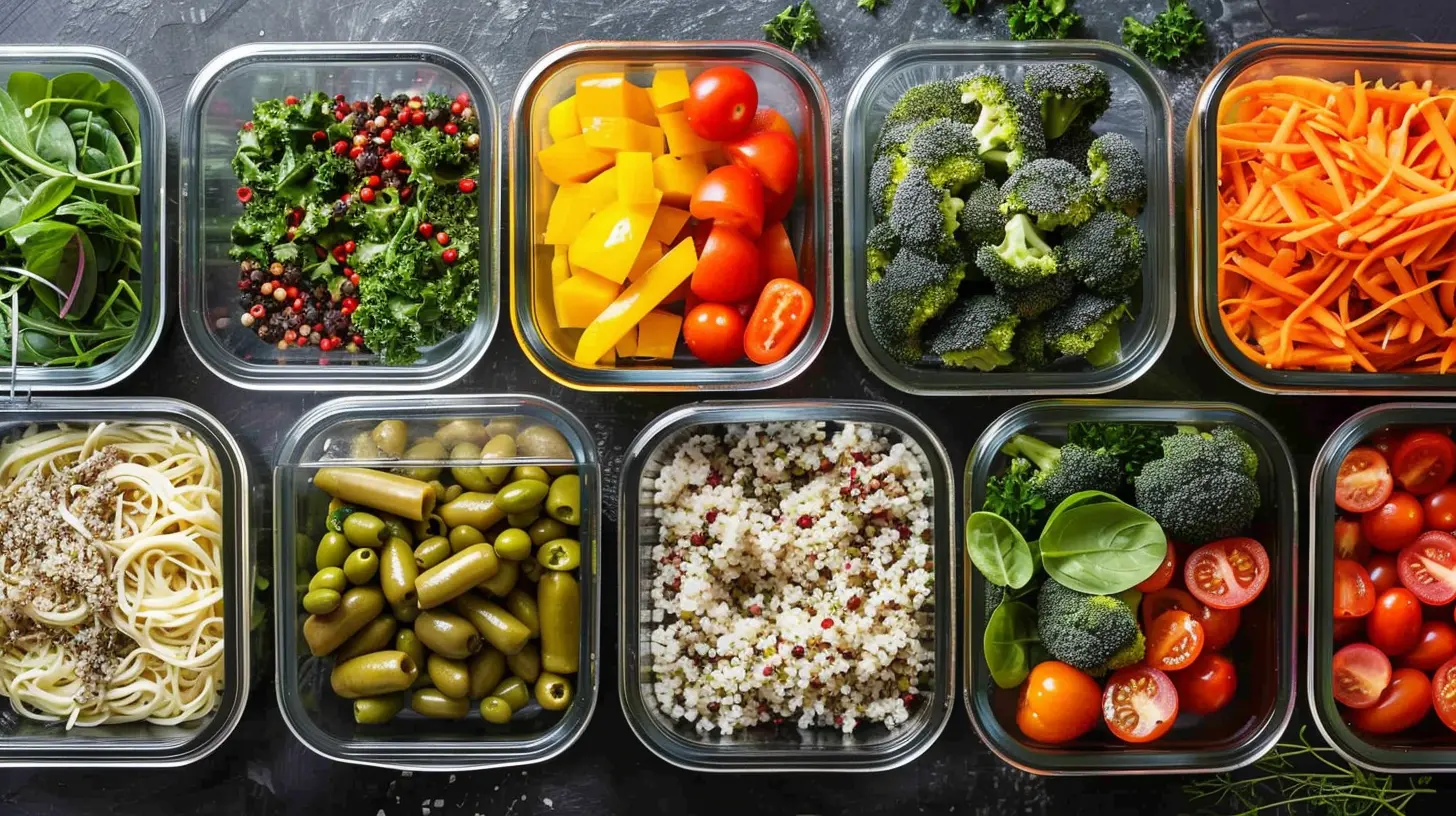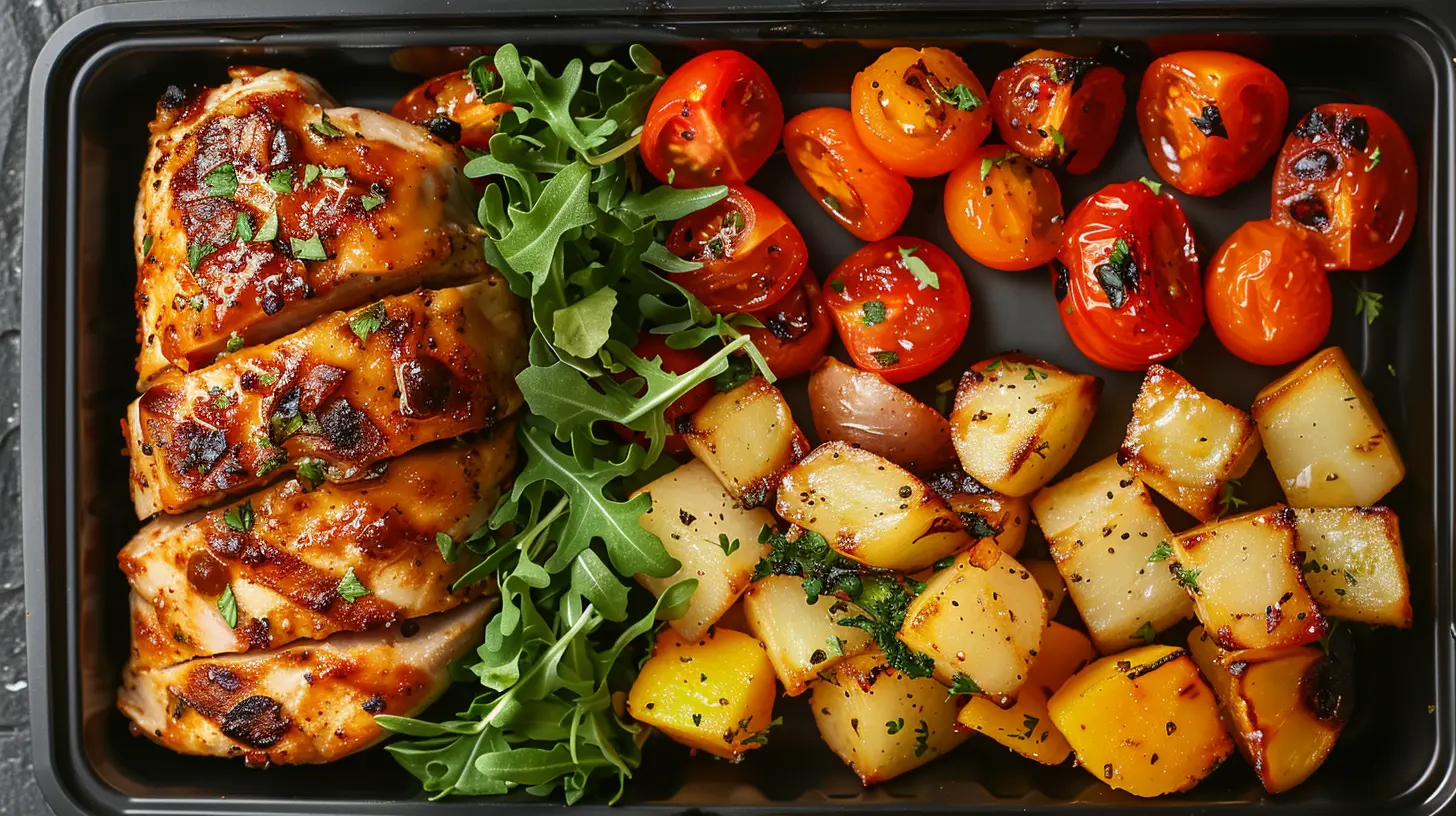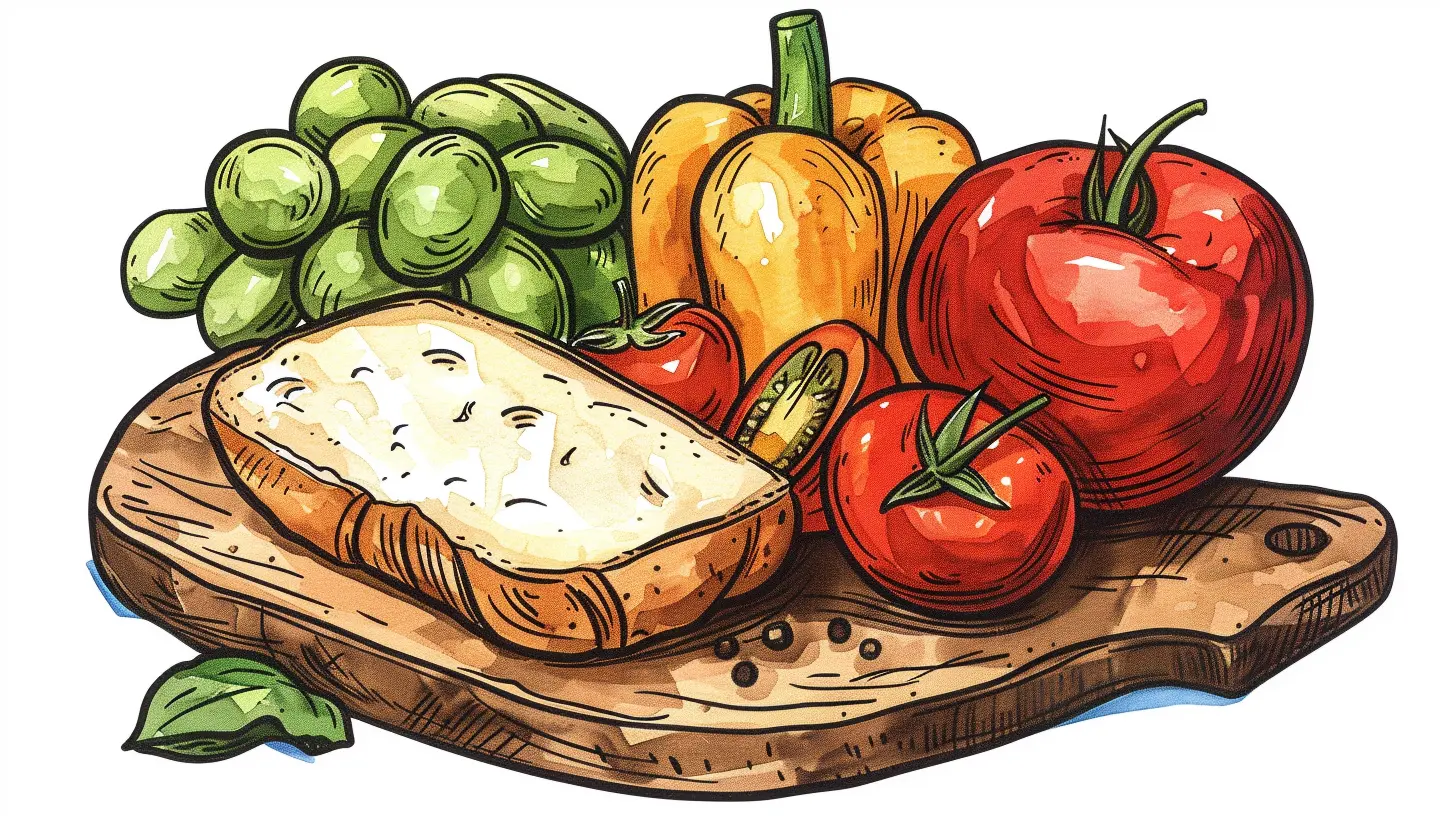How to Make Healthy Meals on a Single-Parent Budget
17 May 2025
Let’s face it—being a single parent isn’t exactly a walk in the park, especially when you’re juggling work, school drop-offs, tantrums, laundry that magically multiplies overnight, and, oh yeah, feeding your kids meals that aren’t neon-colored and sugar-saturated. Healthy meals? Sure, sounds great—except that eating well often comes with a price tag that screams, “sayonara paycheck!”
But here’s the thing: creating nutritious meals doesn’t have to cost you an arm, a leg, and your sanity. With a pinch of planning, a dash of creativity, and a sprinkle of savvy shopping, you can whip up healthy meals on a single-parent budget. So grab your apron (or just a comfy hoodie), and let’s dish out the secrets to balancing good food and your wallet like the true superhero you are. 
Why Healthy Eating Doesn’t Have to Break the Bank
First, let’s bust this myth wide open: healthy eating isn’t about loading your cart with overpriced kale chips and Himalayan unicorn salt. Healthy eating is about balance, simplicity, and using ingredients for what they are—good, wholesome food.Sure, it might seem like processed meals are cheaper, but in the long run, cooking at home with fresh, affordable ingredients saves you money and boosts your family’s health. Plus, fewer sick days and doctor’s visits? Yes, please! 
Step 1: Get Friendly With Budget-Friendly Staples
If there’s one thing your budget loves, it’s staple ingredients that can stretch like yoga pants after Thanksgiving dinner. Staples are the backbone of your meals and the superhero squad that saves the day when money’s tight.Grains Are Your New BFF
Rice, quinoa, oats, pasta—these little powerhouses are inexpensive, filling, and versatile. Make a big pot of rice on Sunday, and you’ve got the base for stir-fries, burrito bowls, or soups all week long.Beans, Beans, the Magical Fruit
Canned or dried beans are the ultimate budget-friendly protein. Black beans, chickpeas, lentils—whatever your family’s taste buds prefer, they’re a nutritional goldmine. Toss them into salads, soups, or even blend them into spreads.Frozen Produce for the Win
Who says fresh is always best? Frozen fruits and veggies are picked at peak ripeness, which means they’re just as nutritious (sometimes even more so) as fresh, but without the hefty price tag. Plus, they don’t spoil in two days like that sad spinach you forgot about.
Step 2: Plan Like a Pro (Even If You’re Usually Flying By the Seat of Your Pants)
Meal planning isn’t just for Pinterest moms with color-coded binders. It’s for you, too. Planning your meals ahead of time is a game-changer. Here’s the cheat sheet:Create a Meal Template
Think Taco Tuesdays, Pasta Fridays, and Stir-fry Sundays. Having themed days simplifies decision-making and lets you buy ingredients in bulk.Shop Your Pantry First
Before heading to the store, take inventory of what you already have. Those half-empty bags of lentils and canned tomatoes in your pantry? That’s dinner waiting to happen.Make a Grocery List, and Stick to It!
Impulse buys (looking at you, $5 artisanal popcorn) will destroy your budget faster than you can say “organic.” Write down only what you need, and then—this is key—stick to it.
Step 3: Master the Art of Batch Cooking
Batch cooking is the greatest thing since sliced bread. Cook once, eat all week. It saves money, because buying in bulk is cheaper, and it saves you time—because let’s be honest, who has the energy to cook from scratch every single night?Cook Once, Cry Later (Tears of Joy, That Is)
Spend a couple of hours on the weekend making big batches of budget-friendly meals like soups, casseroles, and chili. Portion them out and store them in the fridge or freezer for those hectic weekday nights when your kids are hangry, and you’re exhausted.Make It a Family Affair
Why not turn batch cooking into a team activity? Younger kids can help wash veggies, and older kids can assist with stirring or measuring. Plus, they’re more likely to eat what they helped make—sneaky parenting at its finest!Step 4: Be a Sales Ninja
Think of grocery shopping like a treasure hunt, and the deals are your shiny pirate loot.Learn to Love Store Brands
Name brands are convenient, but are they better? Nine times out of ten, store brands are just as good and way cheaper. Give them a try—you might be surprised.Embrace the Sale Rack
Find that clearance produce bin and make it your best friend. Slightly bruised bananas? Perfect for smoothies or banana bread. Discounted veggies? Dice ‘em up and toss them in a stir-fry.Apps and Coupons Are Your Partners in Crime
Download a few grocery store apps to track sales or clip virtual coupons. A dollar saved here and there adds up faster than you’d think.Step 5: Get Creative With Leftovers
Leftovers don’t have to be boring! They’re like the wardrobe basics of your fridge—mix, match, and accessorize, and you’ve got endless possibilities.Repurpose, Don’t Repeat
Last night’s roasted veggies? Turn them into a frittata. That leftover chicken? Shred it for tacos or toss it in soup. Makeovers aren’t just for reality TV; your leftovers deserve one, too.Step 6: Don’t Forget About Dessert
Healthy eating doesn’t mean saying goodbye to treats. You just need to get a little crafty.DIY Sweet Treats
Make your own granola bars, fruit popsicles, or oatmeal cookies. They’re healthier, cheaper, and don’t come with a side of mom guilt.Fruits for the Win
Keep it simple—slice up some seasonal fruit, sprinkle a little cinnamon or drizzle a bit of honey, and boom, a dessert that feels fancy but costs next to nothing.Step 7: Give Yourself Grace
Look, you’re a single parent. You’ve got a lot on your plate, and feeding your kids on a budget is no small feat. Some days, you’re going to feel like a rockstar in the kitchen, and other days, cereal for dinner will feel like your best invention ever. Both are okay.Healthy eating isn’t about perfection; it’s about doing the best you can with what you have. So give yourself a pat on the back for every meal that’s made with love (and maybe a little chaos), and remember—your kids will survive the occasional mac ‘n’ cheese night.
Final Quick Tips for Healthy Eating on a Budget
- Stick to seasonal produce—it’s fresher and cheaper.- Buy in bulk when it makes sense (grains, frozen fruits/veggies, etc.).
- Avoid pre-packaged “convenience” items—they’re pricier and often less nutritious.
- Don’t shop hungry (seriously, your wallet will thank you).
- Always check out the store’s weekly deals—sometimes you win the jackpot!
And there you have it, folks! Healthy meals on a single-parent budget aren’t just possible; they’re totally doable. With a bit of planning, a lot of love, and maybe a touch of humor (because honestly, what parent survives without it?), you’ll crush the dinner game—and your budget will love you for it.
all images in this post were generated using AI tools
Category:
Single ParentingAuthor:

Noah Sawyer
Discussion
rate this article
3 comments
Alana Nguyen
Nourish hearts and bellies, creativity blooms on a budget's wings.
June 13, 2025 at 4:57 AM

Noah Sawyer
Absolutely! Healthy meals can be both affordable and nourishing, fostering creativity in the kitchen while caring for our loved ones.
Ruby Navarro
This article offers valuable insights for single parents striving to provide nutritious meals without breaking the bank. The practical tips and budget-friendly recipes are not only accessible but also inspire creativity in meal planning. It's a supportive resource that empowers single parents to prioritize their family's health while managing financial constraints.
May 25, 2025 at 3:31 AM

Noah Sawyer
Thank you for your thoughtful feedback! I'm glad to hear the article resonates with single parents and helps make nutritious meal planning more accessible. Your support is much appreciated!
Seraphis Ellison
Great tips! Remember, small changes can make a big difference—you're doing an amazing job for your family!
May 19, 2025 at 3:10 PM

Noah Sawyer
Thank you! I appreciate your support and encouragement!



